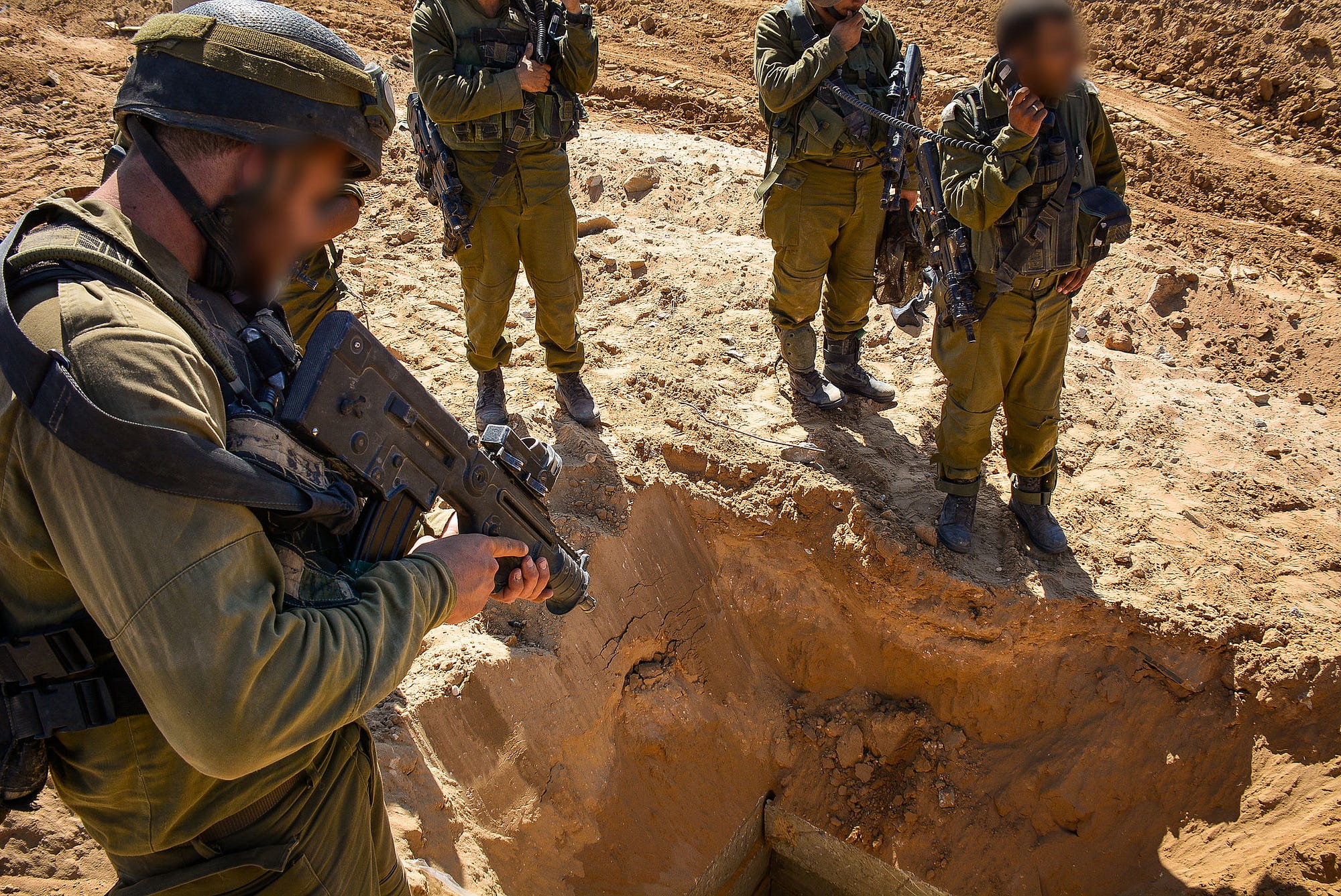The IDF was unprepared
It’s been close to two weeks since Israel’s war in Gaza ended—for the time being—with an extended ceasefire. Now with some hindsight, what’s more apparent is how much Israel miscalculated and how much it underestimated its enemy.
This is also the subject of a major debate within Israel’s own spy agencies. The Israel Defense Forces’ Military Intelligence Directorate and Shin Bet—Israel’s domestic counter-terrorism agency—are squabbling over who is to blame for several mistakes made before and during the war.
The details, reported by Haaretz’s Amos Harel, “points to difficulties in deciphering the intentions of Hamas prior to the outbreak of the war and an under-estimation of Hamas’ readiness and determination to continue fighting.”
Sixty-five Israeli soldiers died in the conflict, more than six times the number killed during the Operation Cast Lead ground invasion in 2009. More than 2,100 Palestinians died, including hundreds of Hamas fighters. Israel also committed some of its heaviest ground forces, including the highly mobile 36th Ga’ash Armor Division.
All of this for ostensibly destroying tunnels leading from within the Gaza Strip into Israeli territory.
But as Harel notes, the Israeli government added tunnels to its list of objectives—their main objective—well after a week into the military operation. It wasn’t until Hamas fighters began staging attacks using the tunnels that Israel sold their existence as a new, unexpected and existential threat.
To be sure, it’s not as if Israeli intelligence wasn’t aware of the tunnels already.
 Israeli troops at a tunnel entrance during Operation Protective Edge. IDF photo. At top—IDF artillery during the operation. IDF photo
Israeli troops at a tunnel entrance during Operation Protective Edge. IDF photo. At top—IDF artillery during the operation. IDF photo
The spy services discovered dozens of fresh tunnels last year, and their reports “were disseminated to the prime minister, defense minister and the heads of the security services,” Harel writes. “Thus when the war began, the army knew with relative accuracy where all the tunnels were located.”
But here lies one of the Military Directorate’s main beefs with the government, according to Haaretz. The government was aware of the tunnels, but never bothered to prepare.
In July, as the conflict spiraled into a series of mutual escalations after the kidnapping and murder of three Israeli teens in the West Bank, and as the Israeli government rationalized the tunnel threat after the conflict had already escalated, it sent IDF troops into an ill-fated operation they hadn’t planned, trained or equipped for.
Israeli troops stayed in Gaza for weeks, vulnerable to Hamas ambushes despite statements from Israeli officials that destroying the tunnels would take “days,” as Israeli defense minister Moshe Ya’alon said on July 20.
The death toll continued to rise to the worst loss of Israeli life since the 2006 war with Hezbollah. “In the end, the IDF had to get help from civilian companies, and the tunnels were mainly destroyed via a series of improvisations,” Harel notes.
During one harrowing ambush on Aug. 1—well after Ya’alon’s gaffe—Hamas fighters emerged from a tunnel and opened fire on an Israeli unit demolishing houses in Rafah in the northeastern Gaza Strip. One fighter wrapped in a suicide vest blew himself up.
The surviving fighters captured one of the ambushed Israeli troopers, 1st Lt. Hadar Goldan, dragging him back into the tunnel. To prevent his captors from escaping, the IDF saturated the area with high explosive artillery and air strikes. Goldan then most likely died in the bombing along with more than 40 Palestinians.
The ground war ended two days later. It had already gone on much longer than it ever should have—or at all.
No comments:
Post a Comment